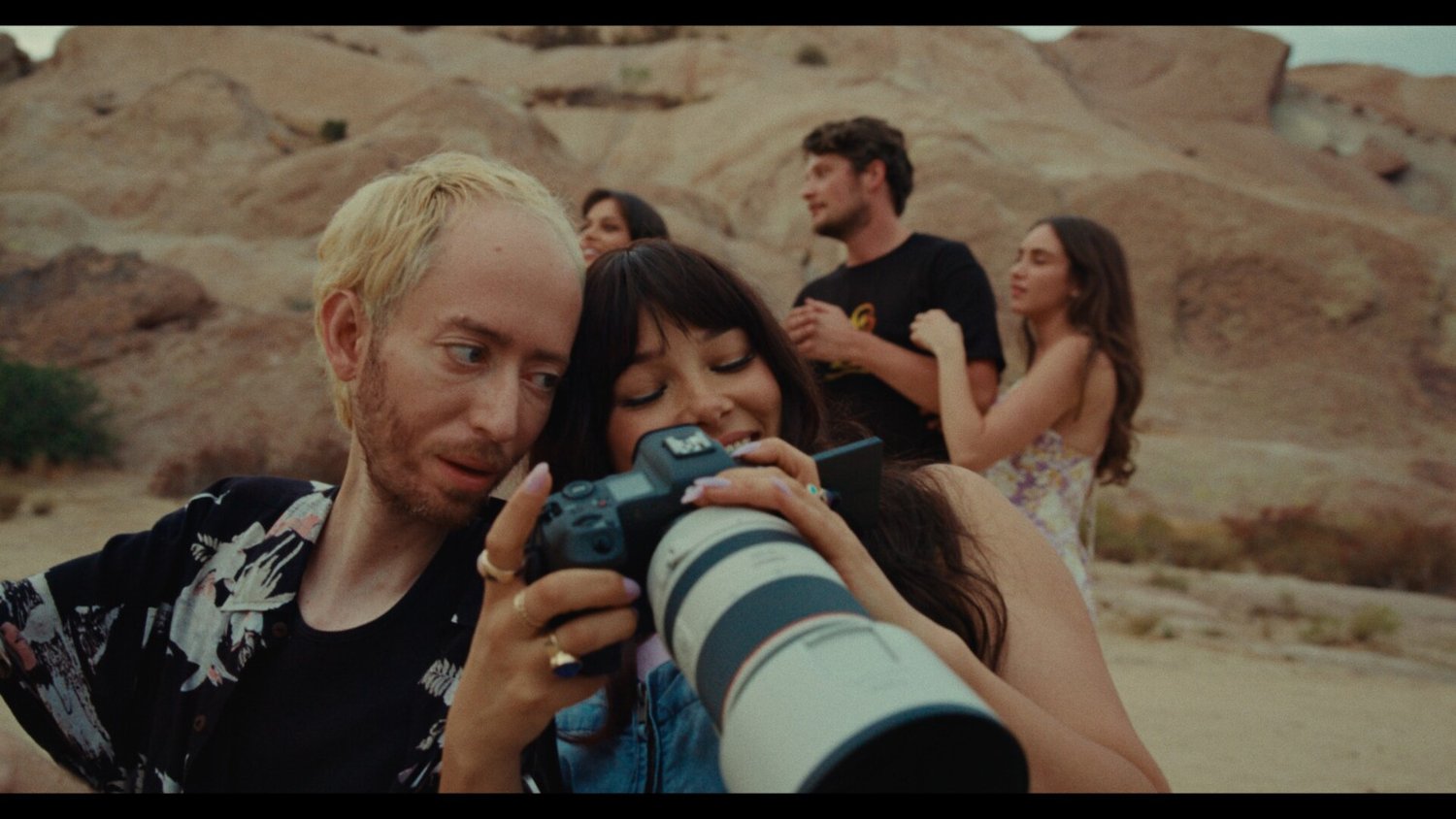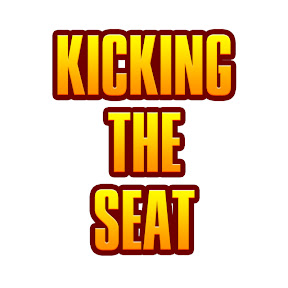Images courtesy of Good Bad Things
GOOD BAD THINGS– 4 STARS
The lead actor of Good Bad Things making his feature film debut is Danny Kurtzman. He lives with muscular dystrophy which diminishes most of his physical capabilities. His weakened legs and limited arm strength call for outside assistance and the required use of a motorized scooter to get around. To say this his and, by extension, his character’s life has challenges is an understatement. Rather than entirely dwell on or define a man by those debilitations, Good Bad Things pleasingly creates a narrative where success and vivacity are not only desirable, but deservedly attainable.
LESSON #1: THE PURVIEW OF A DISABLED SCOOTERIST– The observational medium of film for Good Bad Things does wonders in fleshing out two very different perspectives of Danny Kurtzman’s matching-named character Danny. The first is an added degree of difficulty in framing a gentleman smaller and constantly seated next to other individuals standing, walking, and talking who can move about freely. Any medium shot or wide shot of him lower than everyone else creates a marginalizing distance where it can seem like Danny is never really seen or altogether worthy. The character notices and feels those situations keenly and strongly.
Yet, in many of those same scenes and others in Good Bad Things, the camera positions from Day of Joy cinematographer Nathan Haugaard will change to zoom closer to Danny to profile him at his level. In doing so, the disconnecting gaps melt away and Kurtzman fills the frame with screen presence emanating from his body language, posture, focus, and, most importantly, his emotions and words. When those moments occur, we see a character of acuity and confidence rising out of innate vulnerability. Those dueling perspectives of the main character presentation make Good Bad Things equally entrancing and touching.
Kurtzman plays a 35-year-old graphic designer living in southern California with his roommate and business partner Jason (Brett Dier of Jane the Virgin). The two have been successful running a boutique creative agency and live well near a circle of friends and Danny’s helpful father (Dead Poets Society ensemble member Gale Hansen), but they are in desperate need of landing a big client to clear payroll and nullify other debts. Danny and Jason are a finalist to design a rebrand for Rubi, this film world’s most popular dating app. Both as an answer to Jason’s ribbing to get himself out there and as a lark of a step to try and understand Rubi itself, Danny creates a profile and joins the app. However, he crops a profile photo that doesn’t include his full-frame bound to his scooter.
LESSON #2: GO FARTHER THAN FACES– The percolating shame Danny experiences in presenting that edited and calculated public profile image is a reminder of one of the banes of dating apps like Tinder, Grindr, and the fictional Rubi in the movie. Too much of the probing and swiping is done with skin-deep, bookcover-level judgments based on how folks look from the neck up, and Danny knows it. He carries a heavy doubt that no one legitimate would make a match with a severely disabled individual. Honesty on profiles has to be met with discerning diligence from the seeker. Likewise, dating apps like Rubi could go farther than faces and stand to invest in more involved ways to further paths of connection between potential people.
In short order, Danny gets a match notification from the very attractive Madi, a burgeoning photographer played by Jessica Parker Kennedy of Black Sails and showcasing the gallery work of Larsen Sotelo. When he enters a private chat with her, Danny comes clean about his stature and disability. To his great surprise after initially feeling ghosted, Madi still accepts a date and the two hit it off. Even so, Danny remains very skeptical of her genuineness, all while the workplace stress to land Rubi mounts.
LESSON #3: IT TAKES COURAGE TO GET OUT THERE– Good Bad Things could feature a main character with all of their physical faculties and viewers could still marvel at the courage it takes for them to get out there in the world of online dating and be fully real with a potential significant other. Maybe, like the script says, “you get out of it what you put into it,” when it comes to dating apps, but there a clearly different magnitudes of courage necessary for different people. No matter who it is, everyone needs that push of support towards their own effort and courage. Brett Dier’s Jason embodies that encouraging role beautifully in the film.
Both within Good Bad Things and outside of it as a viewing experience, all of the mustered bravery bears pleasant fruit. The sunlit SoCal setting, Sotelo’s photography, and an energetic soundtrack (featuring four songs by WYO and two by Trevor Hall and Sofi Tukker) assembled by music supervisor Tina Farris stir an alluring vibe. All of that is fluff without a stirring plot, and director Shane D. Stanger, making his feature film debut, has it.
Together, Danny Kurtzman and Stanger wrote a soulful sojourn that keeps matters dramatic yet approachable. Danny’s painful promenade to enter the romantic competition and “embrace the unknown” brims with fortitude and off-the-charts vulnerability. For a first-time lead, Danny is incredibly captivating in an award-worthy performance that’s bigger than simply the guy you root for in a love story. He deserves and earns more than merely that. To learn of Kurtzman’s advocacy and goals beyond the movie with All We Have is Now foundation makes this cinematic springboard even more impressive and important.
LOGO DESIGNED BY MEENTS ILLUSTRATED (#1226)



